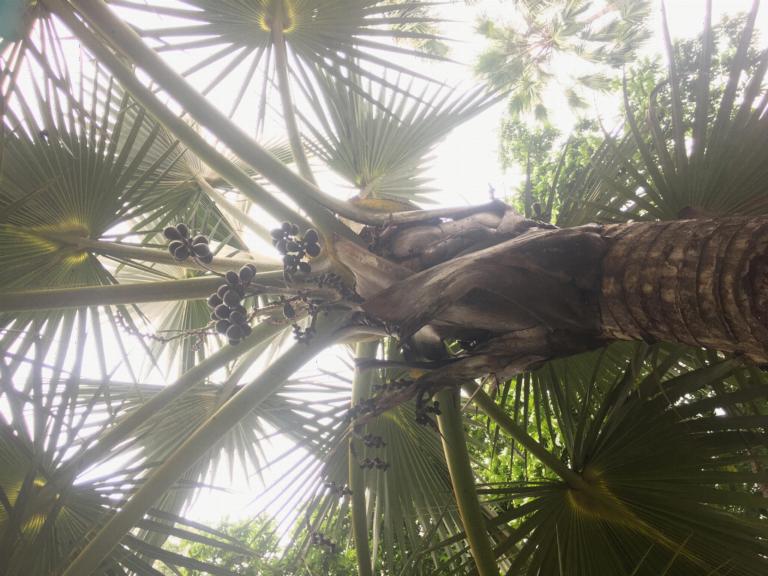
What happens to plants when the animals that disperse their seeds go extinct? Naturalis researcher Renske Onstein has received a VIDI grant to investigate this question.
Big fruitssmall fruits
Most fruits are pretty tasty, and there’s a reason for that: animals eat the fruits and later deposit the seeds elsewhere, conveniently accompanied by a bit of fertilizer. Small fruits, like berries, can be eaten by many different animals, but fruits with large seeds rely on large animals. A sparrow is going to have a bad time pooping out an avocado pit!
Less and lessbig eaters
However, there’s a problem with large animals: they’re becoming increasingly scarce. Many species have even gone completely extinct, often after humans appeared in their habitats. “You’d expect plants that depend on large animals to suffer from this,” says Renske Onstein, a researcher at the Naturalis Biodiversity Center. “But we don’t know if they really do. Perhaps they’ve developed new ways of dispersal, such as via water or humans.” Thanks to a VIDI grant from the Dutch Research Council (NWO), she can now investigate this.


Palm treediversity
Onstein says, “We’ll specifically focus on palm trees. There are about 200 species with large fruits and 2,000 with small fruits, allowing for comparisons. Are populations of trees with large fruits smaller, or is their genetic diversity affected? What about their distribution areas? And is there co-evolution between plants and their seed dispersers? We think so, but we want to prove it.”

Madagascar:Men and elephant birds
Differencesbetween locations
Large animals haven’t disappeared everywhere or at the same time. In Africa and Asia, elephants and other large herbivores still exist. Madagascar’s elephant bird was wiped out a thousand years ago, while Central America’s giant sloths vanished many thousands of years earlier. “This way, we can compare the impact of extinction on the genetics of a species, for example.”
Our researcher
Renske Onstein part of the Tropical Botany research group.






